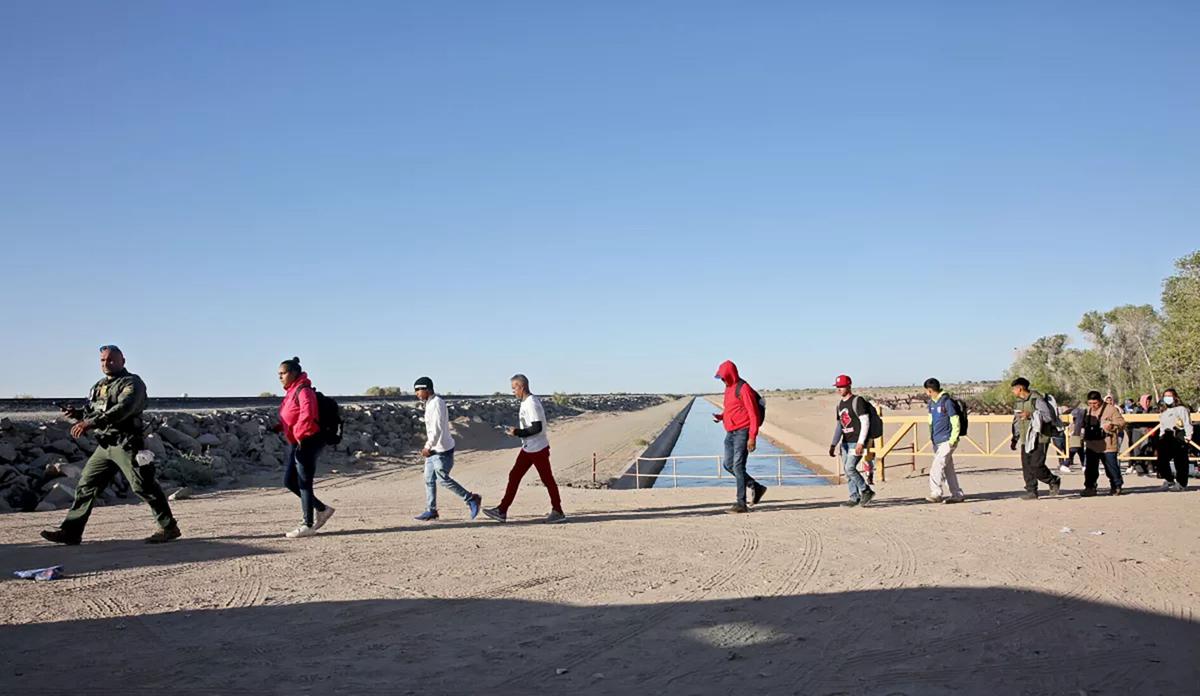As Mexican families continued to cross the U.S.-Mexico border into Arizona in large numbers, Tucson was again the busiest of Border Patrol’s nine sectors in October, according to new federal data released Tuesday.
Border agents in the Tucson sector encountered more than 55,000 people between ports of entry last month, compared with 51,0000 in September, U.S. Customs and Border Protection data show.
The second-busiest port of entry was far behind Tucson, with about 38,000 irregular encounters in Texas’s Del Rio sector, said Colleen Putzel-Kavanaugh, associate policy analyst with the Washington D.C.-based Migration Policy Institute. The largest demographic of arrivals in that sector were people from Venezuela.
Nearly half of the migrants encountered in the Tucson sector were from Mexico, and the majority of them were part of a family unit, she said.
Border-wide, total migrant encounters between ports of entry were down 14%, compared with September.
Violence in Mexico has contributed to larger number of families fleeing the country, a shift from historical trends in which primarily single men were coming from Mexico seeking work.
Under the now-expired Title 42 policy, Mexican nationals arriving between ports of entry were disproportionately likely to be immediately expelled to Mexico, compared to other nationalities, Putzel-Kavanaugh said. That’s likely due to Mexico’s proximity to the U.S.
But with the expiration of Title 42 last spring, those larger numbers of Mexican arrivals are showing up in CBP data, she said.
Within the Tucson sector, human smuggling routes have been shifting in response to multiple factors, including changing border enforcement patterns and violence south of the border. U.S. border agents have been seeing larger numbers of migrants processed at the Three Points station since last month.
In recent weeks, armed conflict between warring criminal groups in the Sasabe, Sonora region has contributed to human smugglers shifting their routes eastward, migrant-aid workers in the region said. That’s resulted in the usually low-traffic San Miguel gate, on the Tohono O’odham Nation lands, experiencing thousands of migrant arrivals in recent weeks.
Aid workers said some residents of Sasabe, Sonora, who weren’t otherwise intending to leave their homes, have been so scared by the violence in their community that they’ve sought refuge in the U.S.
Tohono O’odham officials have demanded more border agents and resources at San Miguel to help manage the large number of migrants arriving, and waiting to be processed, on tribal land.





